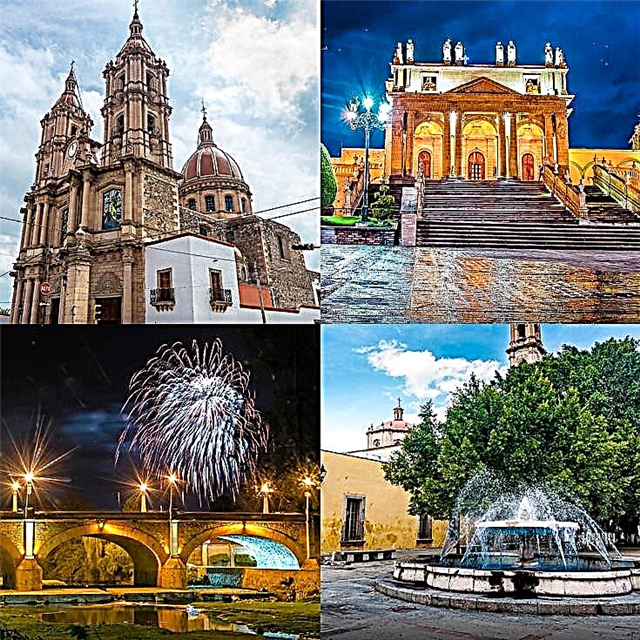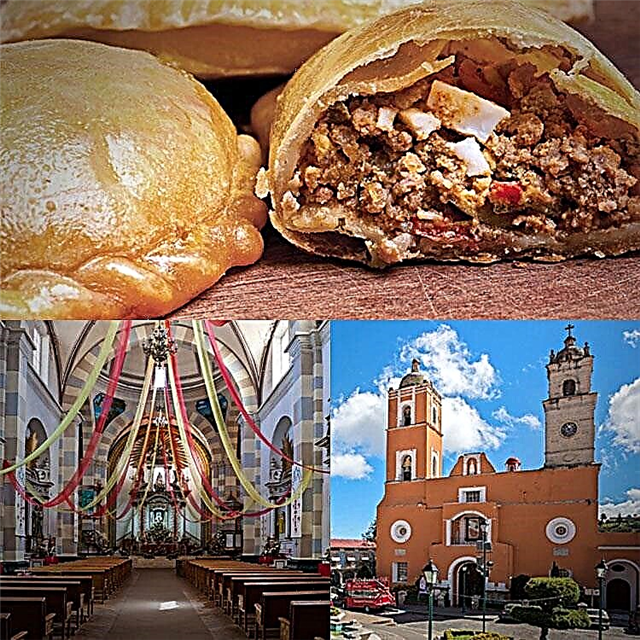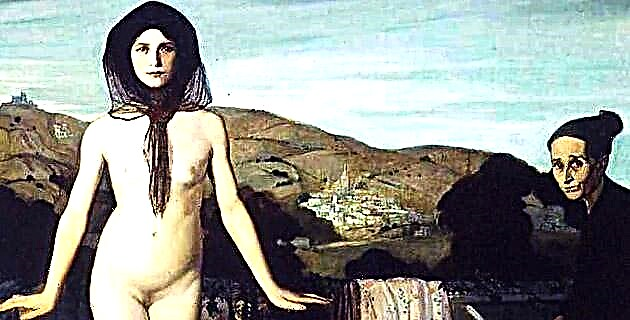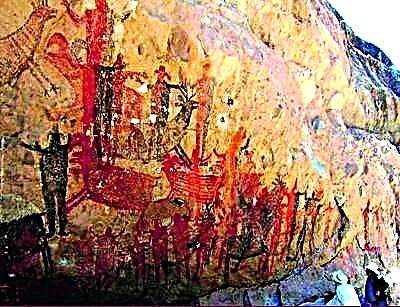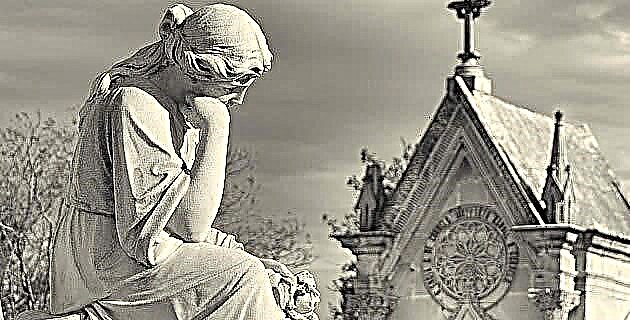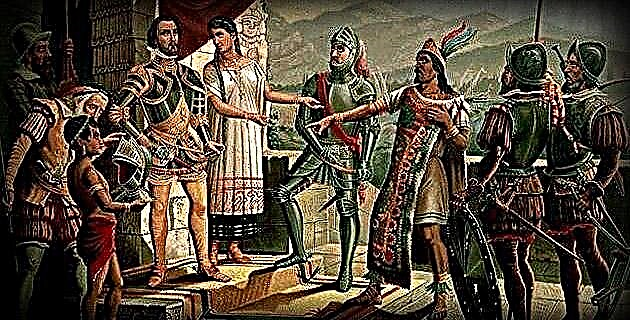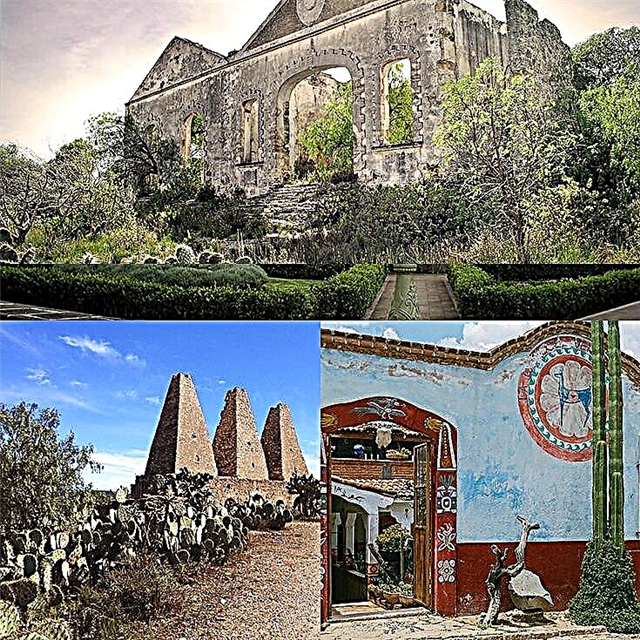Mineral de Pozos is full of mining history, traditions, architectural beauty, and ancient and modern festivals. We present you the complete tourist guide of this Magic Town Guanajuato.
1. Where is Mineral de Pozos?
Mineral de Pozos, or simply Pozos, is a town with a bohemian air, cobbled streets and traditional houses, located in the municipality of San Luis de la Paz, northeast of the state of Guanajuato. Most of its architectural heritage was built during its heyday as a mining center for silver and other metals. This physical heritage, together with its mining history, its traditions and its artistic, festive and cultural vocation facilitated its elevation to the Mexican Magical Town in 2012.
2. What are the main distances there?
The city of Guanajuato is 115 km away. from Mineral de Pozos, traveling northeast towards Dolores Hidalgo; while León, the most populated city of Guanajuato, is 184 km away. The cities of Santiago de Querétaro and San Luis Potosí are also very close to the Pueblo Mágico; Queretaro's capital is located only 86 km. while the head of Potosina is 142 km. Mexico City is relatively close, at 312 km.
3. What are the main historical features of Pozos?
In the middle of the 16th century, the Spanish built a fort in the current territory of Pozos to protect the silver extracted from the Zacatecas mines, without suspecting that they were on top of huge metal seams. In its subsequent mining vicissitudes, the town was abandoned and repopulated on two occasions, until the extractive activity ceased in the 1920s. Between the end of the 19th century and the beginning of the 20th, Pozos experienced the mining splendor that bequeathed most of its wealth patrimonial.
4. What is the weather like?
The annual average temperature of Mineral de Pozos is 16.4 ° C, varying between 13 ° C in the coldest months and 20 ° C in the warmest. The coolest months are December and January, when the thermometer indicates between 12 and 13 ° C, while in May it begins to heat up and the temperature rises to the range of 18 to 20 ° C until September. In Pozos it rains only 500 mm, and more than ¾ of the rainfall occurs between June and September. In May and October it rains considerably less and in the remaining months the rains are strange.
5. What are the attractions that stand out in Mineral de Pozos?
Mineral de Pozos has its legendary mining past, represented by the Santa Brígida, 5 Señores mines and others in which various metals were exploited. Beautiful architectural testimonies are preserved from the golden age of the town, such as the Parish of San Pedro Apóstol, several chapels, the Juarez Garden and the School of Arts and Crafts. The calendar is full of festivals and cultural events in Pozos, such as its religious festivals and its Mariachi festivals, In Mixcoacalli, Toltequidad, Cinema and Blues festivals. The scented note is put by Rancho de La Lavanda.
6. What is there to see touring the town?
Mineral de Pozos still retains the distinctive "ghost town" for having been abandoned on two occasions by the fall and rise of precious metals and natural calamities. From its times as a ghost town, you can see some vestiges, mixed with the constructions that have withstood the passage of time, such as its beautiful civil and religious buildings and its large houses converted into boutiques, galleries, hotels and other establishments.
7. What is the Parish of San Pedro Apóstol like?
This 18th century church with neoclassical lines has a large white dome that stands out from the rest of the construction. The spectacular dome is supported and ornamented by a pink colonnade and is crowned by a cross. Inside, the walls are covered with frescoes in imitation of mosaics and the organ brought from Spain and the pulpit decorated with red details also stand out. In the temple the Lord of the Works is venerated, a Christ who has a curious history and an extraordinary party.
8. What is the story of the Lord of the Works?
The Lord of the Works was highly revered among the miners of Mineral de Pozos and the tradition continued after the closing of the last mine, in 1927. The Lord of the Works was destined to have its own chapel and it was built opposite to the Plaza del Minero, although it was not finished, despite the fact that the image of the Cristo de los Trabajos had already reached the town. Then the settlers installed the venerated figure in the Church of San Pedro Apóstol and the Lord of the Works is a patron of the miners without his own temple, although his party on Ascension Thursday is great.
9. How is the feast of the Lord of the Works?
The Ascension of the Lord is celebrated on Thursday, 40 days after Easter Sunday and for the occasion, Mineral de Pozos is the scene of the Señor de los Trabajos festival, one of the most fervent and massive Mexican religious festivities. Tens of thousands of pilgrims from all over the country attend the Guanajuato Magical Town. Apart from the religious acts, there are presentations of pre-Hispanic dance groups, folk ballets, musical groups, theater and other attractions.
10. What are the main chapels?
The Baroque Chapel of San Antonio de Padua, although unfinished, is admirable for its magnificent caliche stone façade. The Chapel of Mercy, located near the previous one, is smaller, but it enjoys the distinction of being the oldest religious building in the town. The facade of La Misericordia shows interesting Baroque details that testify to the magnificence of its past.
11. What is the Jardín Juárez like?
This beautiful garden built during the 20th century serves as the central square of Mineral de Pozos. It is located where the first Fabrica de Francia store that existed in Mexico opened its doors. The garden is adorned by a beautiful hexagonal gazebo that was built by hand in excellent work by the local blacksmiths. At one end of the Juarez Garden is a distinguished art gallery.
12. What was studied at the Model School of Arts and Crafts?
This interesting neoclassical style building was built at the beginning of the 20th century during the Porfirian era. It became the most important arts and crafts teaching institute in Guanajuato and in it the young children of the miners learned saddlery, goldsmithing, and the manufacture of pre-Hispanic musical instruments, while their parents went to earn a living in the dangerous galleries. The building underwent a restoration process in 2014 that allowed it to recover its former majesty.
13. What is left in the Santa Brígida Mine?
In the middle of the xerophilous vegetation of the Guanajuato semi-desert, near Mineral de Pozos, three pyramidal towers with truncated ends can be seen, outlined against the arid landscape. They constitute what was the entry point of the Santa Brígida Benefit Estate. This mine rich in gold, silver, lead, zinc, copper and mercury was one of the first in Guanajuato and a symbol of the past mining splendor of Mineral de Pozos. The rich metals were extracted from the minerals on the beneficiation farm.
14. Can I get to know the inside of the mines?
Through some Mineral de Pozos mines it is possible to take guided tours, to know the places from which the enormous past wealth of the town came, as well as the tunnels and tunnels in which the workers sweated for their livelihood among rich seams, in exchange for a modest salary. The mines that can be explored are Santa Brígida, Las Muñecas, 5 Señores and San Rafael.
15. What's at Rancho de La Lavanda?
Lavender or lavender is a plant that adapts well to the semi-desert area of Guanajuato and its flowers adorn and perfume the Rancho de La Lavanda, current name of the old Hacienda Las Barrancas, located about 15 minutes from Mineral de Pozos. The visit to the ranch is free and you will be able to know the process of production and drying of some types of lavender flower. The ranch has a nice cactus garden and some furnished houses that can be rented.
16. What is the Legend of the Witches like?
One of those nice Mexican legends, popular in Mineral de Pozos, is that of Las Brujas. According to the myth, the sorceresses take the form of fireballs that fly over the mountains and penetrate the tunnels of the abandoned mines, terrorizing those who have ventured through the desert underground spaces. If you happen to bump into one of these witches on your visit to town, don't even think about looking at her face because you would only win several years of bad luck.
17. When is the International Mariachi Festival?
Mineral de Pozos dresses up in the month of April to receive mariachis from Guanajuato, Mexico and the world at the International Mariachi Festival. The great groups of the folk music genre, with their members dressed in their ornate charro costumes, let their voices, trumpets, violins, guitars and guitarrones be heard in every corner of town. The event closes in the most emotional way possible, with all the groups performing, together with the thousands of spectators, the classic piece Guanajuato road, from the icon of typical Mexican music, José Alfredo Jiménez.
18. What is the In Mixcoacalli Festival?
This event of indigenous spirit is held in April in the Plaza Zaragoza de Mineral de Pozos, in order to keep alive and promote Chichimeca cultural manifestations, particularly their music. Apart from pre-Hispanic music, there are also dance shows in which the dancers of the Chichimeca Mission display their rhythms and their colorful costumes. Other events have been added to the festival, which has been held since 2010, such as symphonic quartets and puppet shows.
19. When is the International Blues Festival?
This festival dedicated to the melancholic musical genre developed by African Americans in the United States, takes place in June, with the participation of groups from California, Texas and other North American states, which join groups from Guanajuato, Querétaro, Zacatecas, Nuevo León and others. Mexican states. The great historical interpreters of the blues are remembered at the festival, which generally has as its guest of honor a figure of international resonance in the genre.
20. What is the Cultural Festival of Toltequity like?
This festival that is rooted in the Toltec culture also takes place in the Plaza Zaragoza de Mineral de Pozos during three days of the month of July. It has musical, theatrical and choreographic shows, as well as poetry and lyrics events. It has a format similar to the International Cervantino Festival and is considered the second in importance in the state, after that of the city of Guanajuato. It is the oldest cultural event in Mineral de Pozos.
21. When is the International Film Festival?
The cultural and entertainment activity in Mineral de Pozos only stops briefly to gain momentum and for a week in October the International Independent Film Festival of Pozos is held. It was born in 2002 as a space to promote new talents with difficulties to access commercial cinema. It has a very open format and the duration of the productions is free, while the filmmakers can present as many works as they wish.
22. Can I buy a good souvenir?
Some national and foreign artists settled in Mineral de Pozos, opening several galleries in which they exhibit paintings, sculptures, photographs and other collectibles. Still in Pozos, the tradition of the manufacture of pre-Hispanic musical instruments learned by those attending the School of Arts and Crafts at the beginning of the 20th century during the era of mining splendor of Mineral de Pozos is preserved. These and other artisan objects are found in the shops around the Juarez Garden.
23. How is the gastronomy of Mineral de Pozos?
The watermelon lettuce salad is a local classic, as are the gazpachos, artisan cheeses and squash blossom quesadillas. The tradition of eating insects is still alive and if you dare you can taste grasshoppers, ahuautles, cupiches and chinicuiles, although you may prefer to stay with the traditional maguey worms and escamoles. These are exotic dishes, which cost a little more than an ordinary meal.
24. What are the main hotels in Pozos?
Many of the visitors to Mineral de Pozos stay at nearby hotels. In the village, mention should be made of El Secreto de Pozos, a nice little hotel located in the center, praised for its cleanliness and excellent breakfast. The Posada de las Minas, in Manuel Doblado 1, is a cozy house with spacious rooms. The Hotel Su Casa is located 86 km. from the center of Pozos and has beautifully decorated rooms in a very clean environment.
25. Where can I eat something at Mineral de Pozos?
The Posada de las Minas restaurant is a place that stands out for its beauty, warmth and personalized service. They serve Mexican food and their stuffed chiles are highly praised. Café D’La Fama, on Miguel Hidalgo 1, is a good place to have a coffee and serves Italian food. Pizzanchela is a nice pizzeria located in Plaza Zaragoza. La Pila Seca, across from the Jardin Juárez, serves Mexican food and has attractive décor.
Ready to tour the galleries and admire the deep mining shafts of the old Pozos mines? Ready to go to enjoy one of your religious holidays or cultural festivals? We hope that this guide that we have prepared for you will serve as an orientation to better understand the attractive Magic Town of Guanajuato.

